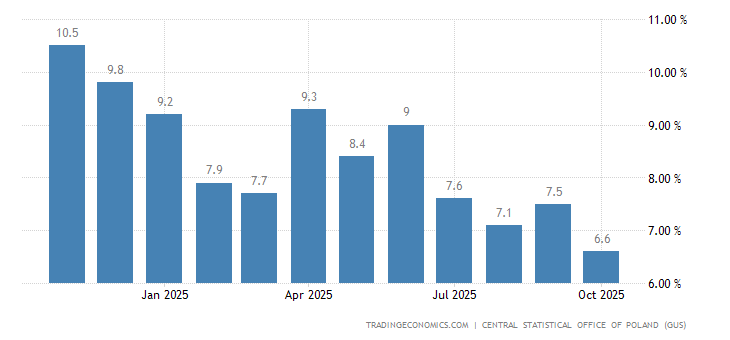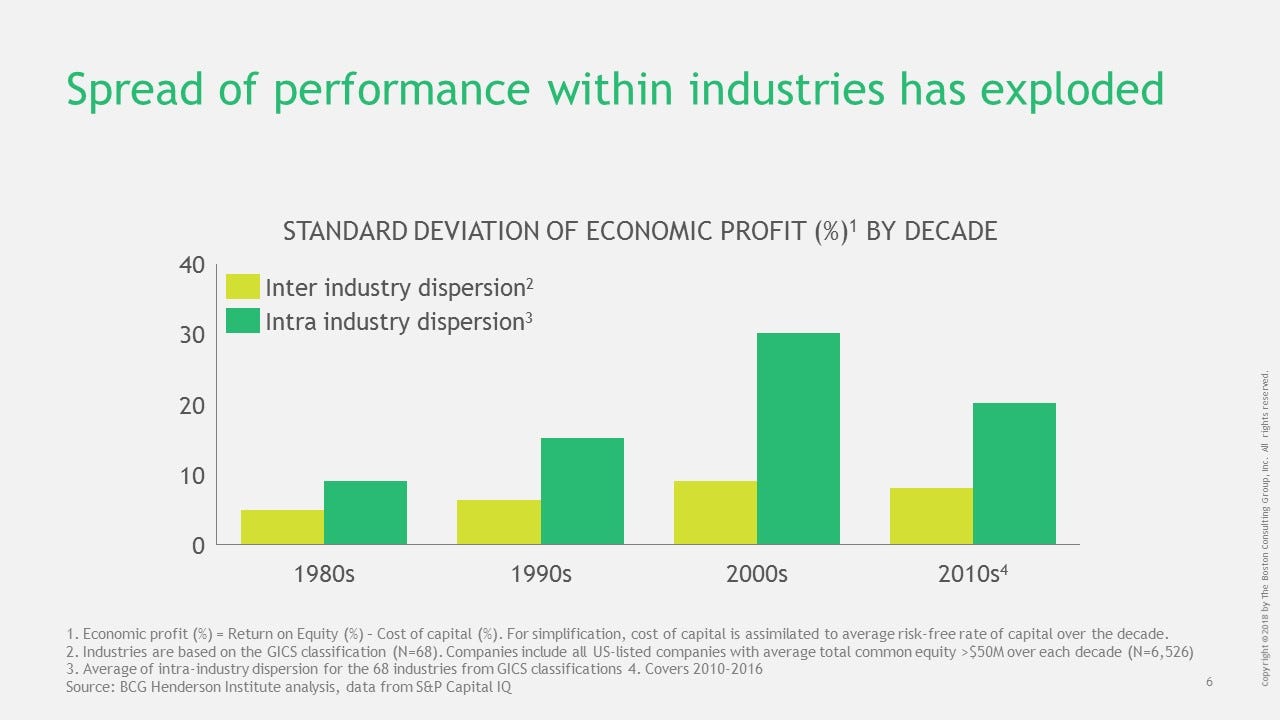“By the end of the twentieth century P&G had scaled up to a behemoth, offering more than three hundred brands and raking in yearly revenue of $37 billion. P&G was one of the world’s corporate superpowers.
.
In 2016 analyst firm CB Insights published a graphic showing all the ways unscaled companies were attacking P&G. [Moi ici: Por que não gostamos de ser tratados como plancton] It looks like a swarm of bees taking down a bear. In that rendering P&G no longer appears to be a monolithic scaled-up company that has built up powerful defenses against upstarts; instead, it is depicted as a series of individual products, each vulnerable to small, unscaled, agile, AI-driven, product-focused, entrepreneurial companies.
...
CBI called the overall phenomenon the “unbundling of P&G.” It is as clear an indication as any of what big corporations face in an era that favors economies of unscale over economies of scale. Small unscaled companies can challenge every piece of a big company, often with products or services more perfectly targeted to a certain kind of buyer—products that can win against mass-appeal offerings. If unscaled competitors can lure away enough customers, economies of scale will work against the incumbents as fewer units move through expensive, large-scale factories and distribution systems—a cost burden not borne by unscaled companies.
...
Over the past hundred years, as the era of scale unfolded, small companies of course continued to exist, and many prospered even as they stayed small. Small business was the US economy’s underlying strength throughout the scaling age. In 2010, according to the US Census, the nation had about 30 million small businesses and only 18,500 companies that employed more than five hundred people.
However, in an era when economies of scale usually prevailed, when a scaled-up company competed directly against a small business, the small business usually lost. Just think of all the small-town Main Street retailers Walmart bulldozed over the past twenty-five years.
.
We will see the big-beats-small dynamic reverse as we unscale. Over the next ten to twenty years companies that relied on scale as a competitive advantage will increasingly find themselves defanged. They will be at a disadvantage against focused unscaled businesses. Large corporations won’t disappear, just as small business didn’t disappear in the last era. But the big companies that don’t change their model will see their businesses erode, and some of today’s giants will fall. [Moi ici: Nada podem fazer contra a suckiness, têm de a abandonar]”
Excerto de: Taneja, Hemant, Maney, Kevin. “Unscaled”.











%2006.21.jpeg)












